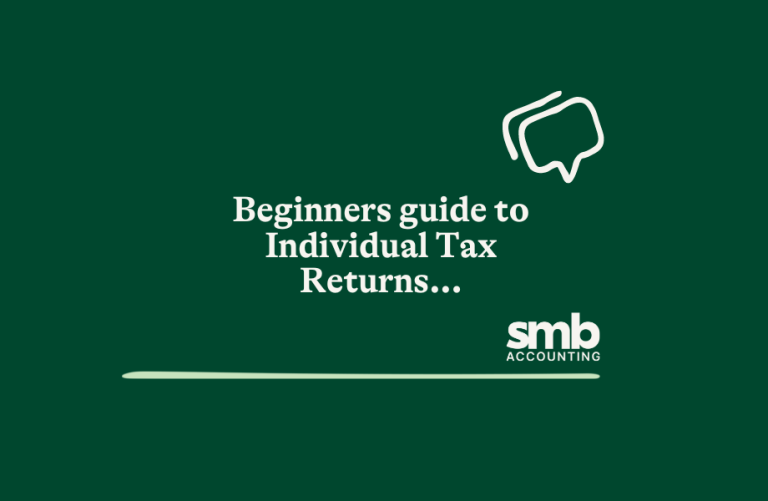Managing trust accounts can be a complex task for businesses in various industries. Trust accounts are used to hold funds on behalf of clients, making accurate record-keeping and regular audits crucial. Failing to comply with trust account regulations can result in severe penalties, making it essential to understand the audit process and how to prepare for it.
Trust account audits are designed to ensure that businesses manage client funds responsibly and transparently. These audits verify that all transactions are recorded accurately and that funds are used for their intended purposes. Being well-prepared for an audit can save you a lot of stress and help you avoid any regulatory issues.
In this guide, we’ll break down the key aspects of trust account audits. We’ll start by explaining what they are and why they are important. Then, we’ll discuss common requirements and regulations you need to follow. Next, we’ll outline the steps to prepare for an audit, so you’re well-equipped when the time comes. Finally, we’ll provide some useful tips for maintaining compliance and avoiding common pitfalls in managing trust accounts. By understanding these elements, you can ensure that your trust accounts are always in good standing.
Understanding Trust Account Audits
Trust account audits are essential to ensure that businesses manage and use client funds correctly. These audits verify that all transactions are accurately recorded and that the funds are used solely for their intended purposes. Trust accounts are often used by legal firms, real estate agencies, and other businesses that handle clients’ money, making it critical to follow strict guidelines.
The primary goal of a trust account audit is to maintain transparency and protect clients’ funds. Auditors will examine your financial records, bank statements, and transaction histories. They will look for discrepancies and ensure that the funds in the trust account match the records. Any inconsistencies may indicate a problem, which could lead to further investigation and potential penalties.
Understanding the importance of these audits can help you maintain better records and manage your trust accounts more effectively. It’s not just about compliance; it’s also about building trust with your clients. By keeping accurate and transparent records, you demonstrate your commitment to handling their funds responsibly.
Common Requirements and Regulations
Staying compliant with trust account regulations is vital for any business that handles client funds. Different jurisdictions have varying rules regarding trust accounts, but some common requirements apply across the board.
First, you must maintain a separate trust account for client funds. Mixing client funds with your business’s operational funds is strictly prohibited. This segregation ensures that client money is always available and not used for other purposes.
Second, regular reconciliation of trust accounts is mandatory. You should compare the account’s bank statement with your internal records monthly. This helps identify any discrepancies early and prevents issues from escalating.
Third, detailed record-keeping is crucial. Every transaction involving the trust account must be recorded accurately and thoroughly. This includes deposits, withdrawals, and transfers. Each entry should be supported by documentation such as receipts or invoices.
Lastly, many jurisdictions require an annual audit of trust accounts by a qualified auditor. This audit will assess compliance with the relevant regulations and identify any areas of concern. Being prepared for these audits by maintaining accurate records and regular reconciliations can make the process smoother.
By understanding and following these common requirements, you can ensure your trust accounts are compliant and well-managed, protecting both your business and your clients’ interests.
Steps to Prepare for a Trust Account Audit
Preparing for a trust account audit involves several important steps that can help you ensure the process is smooth and effective. Being well-prepared can make the audit less stressful and increase the chances of a favourable outcome.
First, gather all your financial records. This includes bank statements, transaction receipts, invoices, and any other relevant documents. Make sure these are organised and easily accessible, as the auditor will need to review them to verify your account’s accuracy.
Next, reconcile your trust account. Compare your internal records with the bank statements to ensure that everything matches. Resolve any discrepancies immediately. This step is crucial because it helps you identify and correct errors before the auditor finds them.
Then, review your records for compliance. Ensure that your trust account is used only for client funds and not for operational expenses. Double-check that all your transactions are accurately recorded and properly documented. Compliance with regulations will be a key focus during the audit.
Lastly, prepare a summary report. This report should include an overview of the trust account, a summary of transactions, and any other relevant information. Having a prepared summary can make it easier for the auditor to understand your account and can speed up the audit process.
By following these steps, you can make sure you’re ready for the audit and reduce the likelihood of any issues arising.
Tips for Maintaining Compliance and Avoiding Common Pitfalls
Maintaining compliance and avoiding common pitfalls in managing trust accounts can save you from headaches and potential penalties. Here are some useful tips:
- Regular Reconciliation: Make it a habit to reconcile your trust account each month. This helps you catch and resolve discrepancies early.
- Detailed Record-Keeping: Keep detailed and accurate records of all transactions. Make sure each entry is supported by proper documentation.
- Separate Accounts: Always use a separate trust account for client funds. Mixing these funds with operational funds can lead to serious compliance issues.
- Stay Informed: Stay updated with relevant regulations and requirements for trust accounts. Laws and rules can change, and keeping informed will help you stay compliant.
- Professional Advice: Consult with an accountant or auditor regularly. They can provide valuable insights and help you maintain compliance with trust account regulations.
- Use Accounting Software: Software like Xero or MYOB can make record-keeping and reconciliation easier. These platforms offer features that can help you manage your trust account more effectively.
By following these tips, you can maintain compliance and minimise the risk of pitfalls that could harm your business. Consistent practices and attention to detail will go a long way in managing trust accounts properly.
Conclusion
Handling trust accounts requires careful attention and dedication to compliance. Understanding the key aspects of trust account audits, knowing the common requirements, preparing effectively, and maintaining compliance are crucial steps in managing these accounts successfully. It’s not just about meeting regulatory obligations; it’s also about building and maintaining trust with your clients.
By following the guidelines and tips provided in this guide, you can ensure your trust accounts are in good standing. Regular reconciliations, detailed record-keeping, and staying informed about regulations will help you avoid common pitfalls. These practices will not only make the audit process smoother but also demonstrate your commitment to managing client funds responsibly.
If you need professional assistance with trust account audits, SMB Accounting is here to help. Our team of experts can provide you with the guidance and support you need to manage your trust accounts efficiently. Contact SMB Accounting today to ensure your trust accounts are compliant and well-managed.




